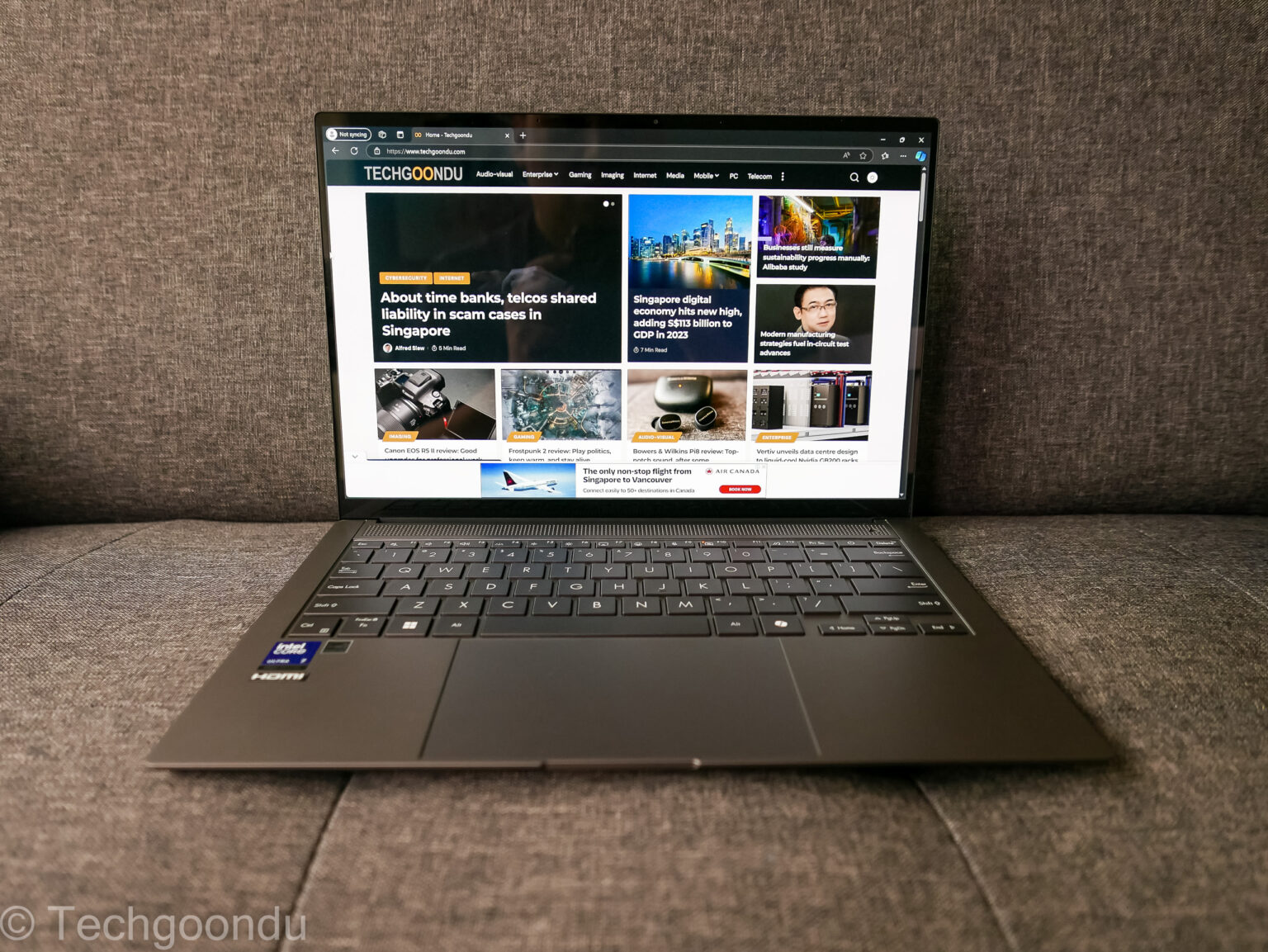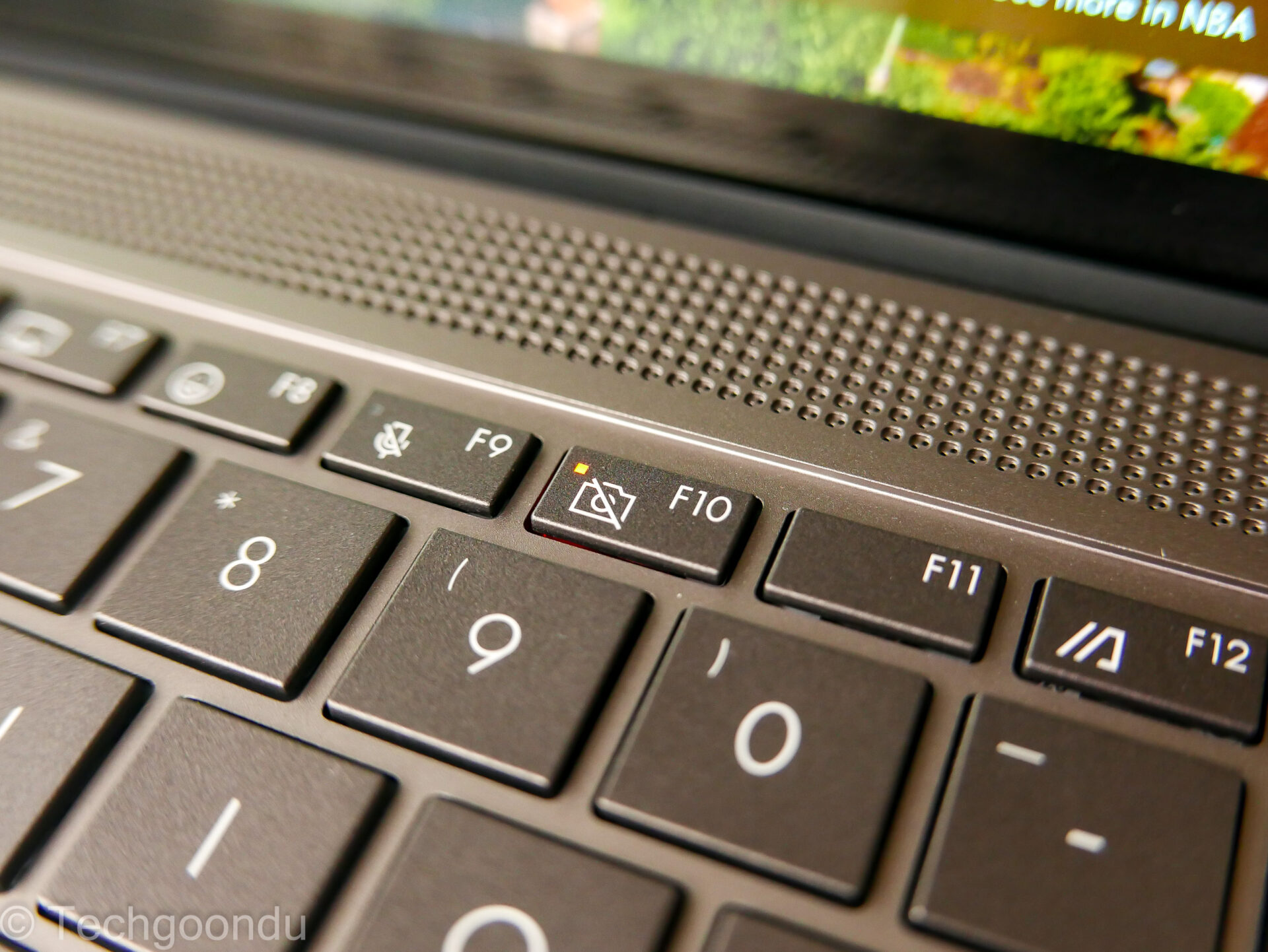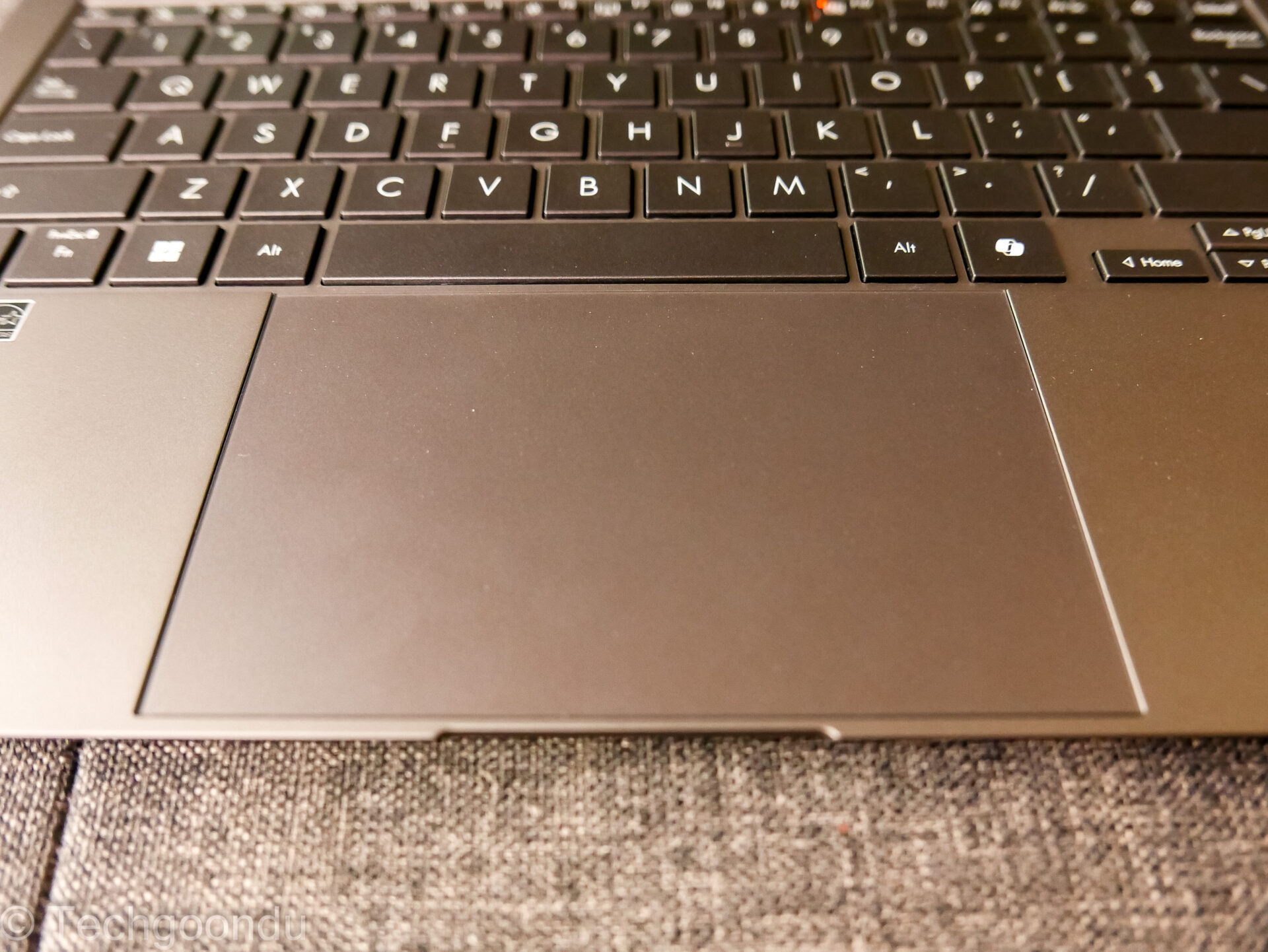The slim Asus Zenbook S14 OLED is the Taiwanese PC maker’s key thin and light laptop and the excellent design shows from the time you take it out of the box.
Like its larger sibling, the Zenbook S16, this new laptop comes with a unique ceramic-aluminium cover design that is matt in finish and “dry” to touch. It’s an interesting Asus touch that differentiates it from other shiny laptops.
The edges on the 14-inch OLED screen are extremely thin so what you get is a highly portable laptop without unnecessary heft. Yet, despite weighing just 1.2kg, it comes with a large touchpad, a comfortable keyboard and full-sized ports to complete the attractive design.
What’s key about this new Asus S14 OLED model – the UX5406, in particular – is the Intel Core Ultra 7 258V processor inside. And it’s the chipmaker’s first – and possibly last – to have 32GB of memory on-chip as well.
This Core Ultra 200V chip, codenamed Lunar Lake, is Intel’s big effort to win back PC users who have been wowed by a wave of Qualcomm Snapdragon X Elite-powered laptops earlier this year, then by those featuring AMD’s Ryzen AI 9 HX 370, like on the Zenbook S16.
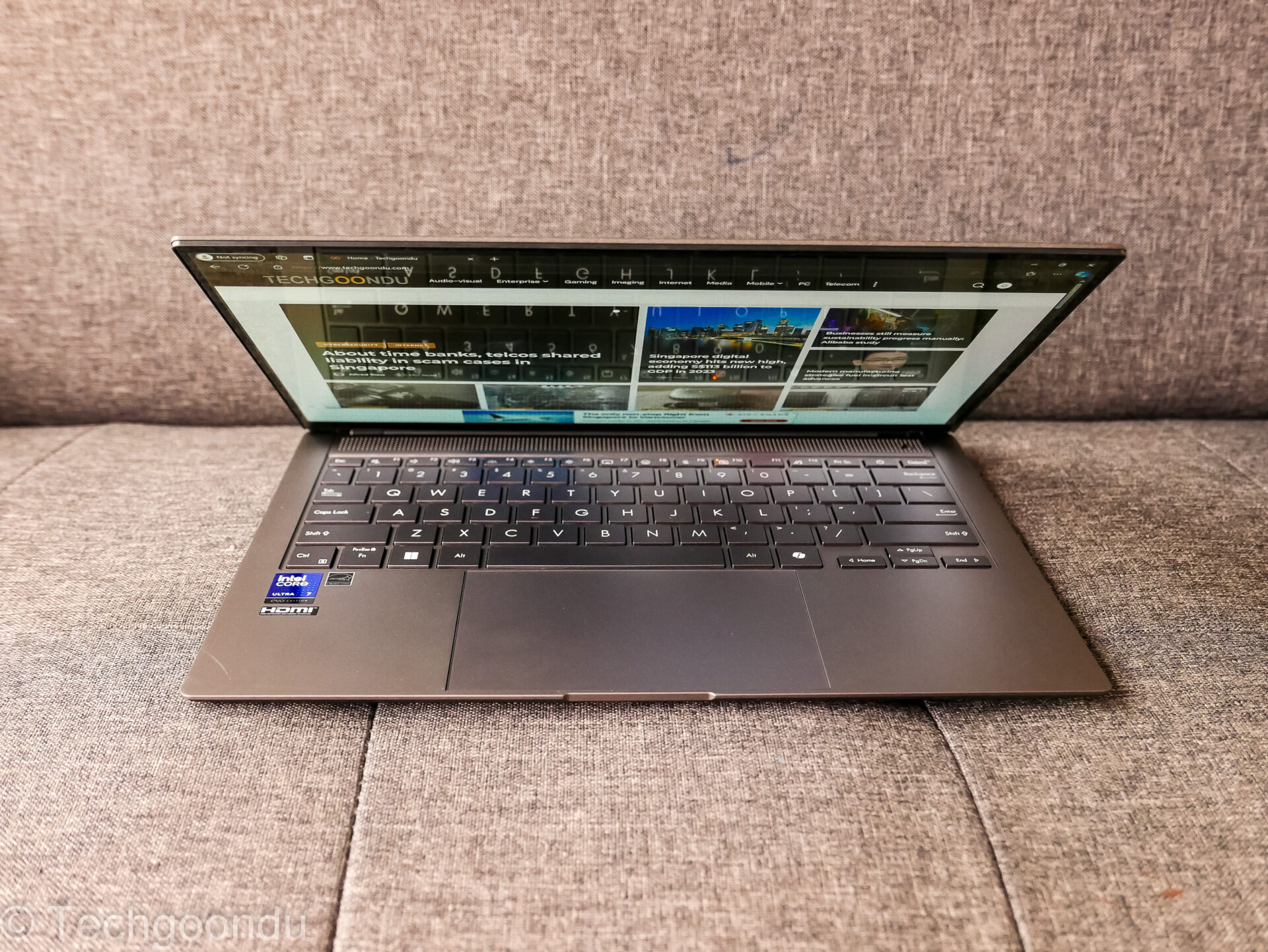
Like its earlier rivals, the Asus S14 OLED’s Intel chip provides enough horsepower to be called a Microsoft Copilot+ PC. This means it can run a number of built-in Windows AI tasks with its neural processing unit (NPU).
Notably, the Intel Core Ultra 7 248V chip supports up to 47 trillions of operations per second (TOPS) on its NPU, compared to 45 TOPS on Qualcomm’s Snapdragon X Elite and 50 TOPS on AMD’s Ryzen AI 9 HX370.
How do they compare in the real world? To gauge the performance of the Asus laptop and its Intel chip, we ran a number of benchmark tests for AI workloads as well as other regular everyday tasks.
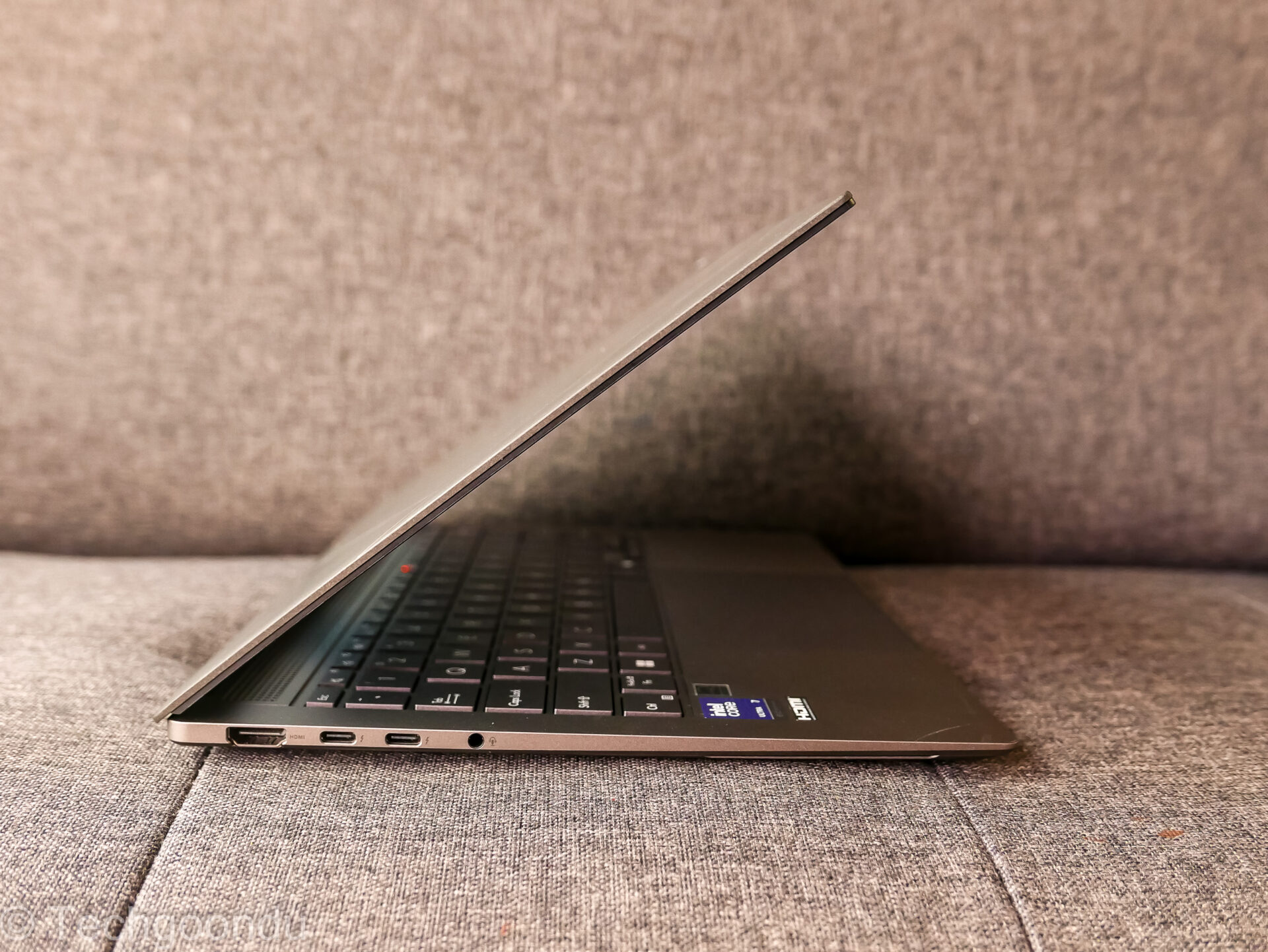
As a reminder of how fluid the situation is with AI PC performance today, we had to use a number of tests on the Geekbench AI benchmark, relying on different AI frameworks available to run tasks like image classification and machine translation.
As you will see in the results, an AI PC’s performance varies according to the AI framework that a chip is optimised – or not optimised – to work with. In other words, how well it runs depends on whether software developer create apps that support their preferred AI framework.
With Intel’s favoured OpenVino, the Asus laptop’s CPU came back with a result of 2,961 for single precision, 2,907 for half-precision and 7,341 for quantised score in Geekbench AI tests.
Interestingly, these appear lower than the scores for the AMD Ryzen-powered Zenbook S16 we reviewed a couple of months ago, using the OpenVino AI framework as well.
However, these numbers are clearly ahead of what I got earlier with a Qualcomm-powered Dell XPS 13 and Surface Laptop using that chipmaker’s preferred ONNX AI framework.
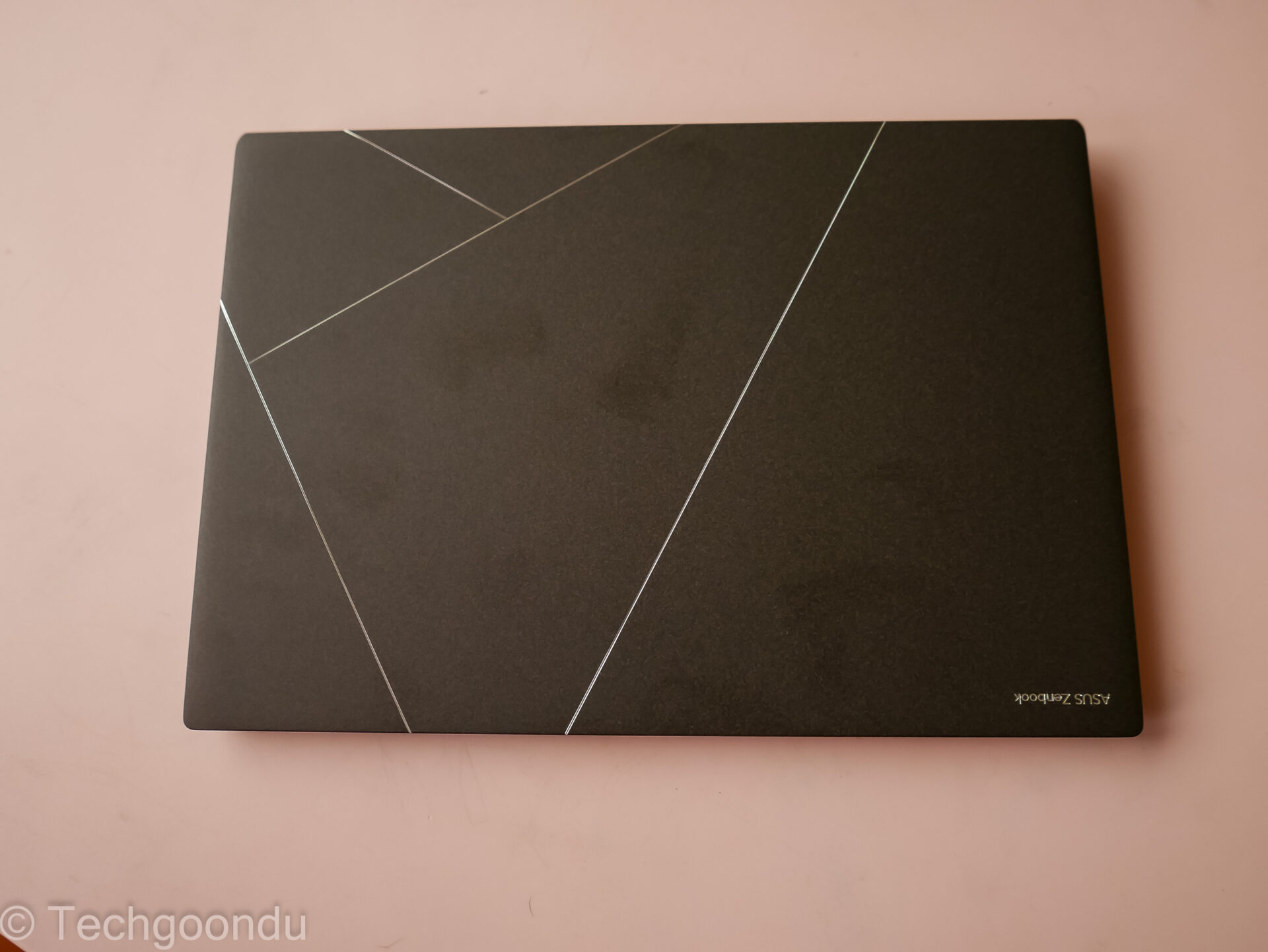
Even using the ONNX AI framework that Qualcomm relies on for its Snapdragon X Elite chips, the Intel-powered Asus laptop fared relatively well.
Here, the Zenbook S14 OLED came back with results of 2,214 for single precision, 1,195 for half precision and 3,776 for quantised score.
These are a mixed bag compared to the Qualcomm-powered Microsoft Surface Laptop and Dell XPS 13, but even in a less-favoured environment, the Intel machine seems to hold its own other than in the quantised score.
Compared to the AMD-based Zenbook S16 using the ONNX framework, the new Intel-powered Asus laptop also is ahead for some AI tasks but falls behind others.
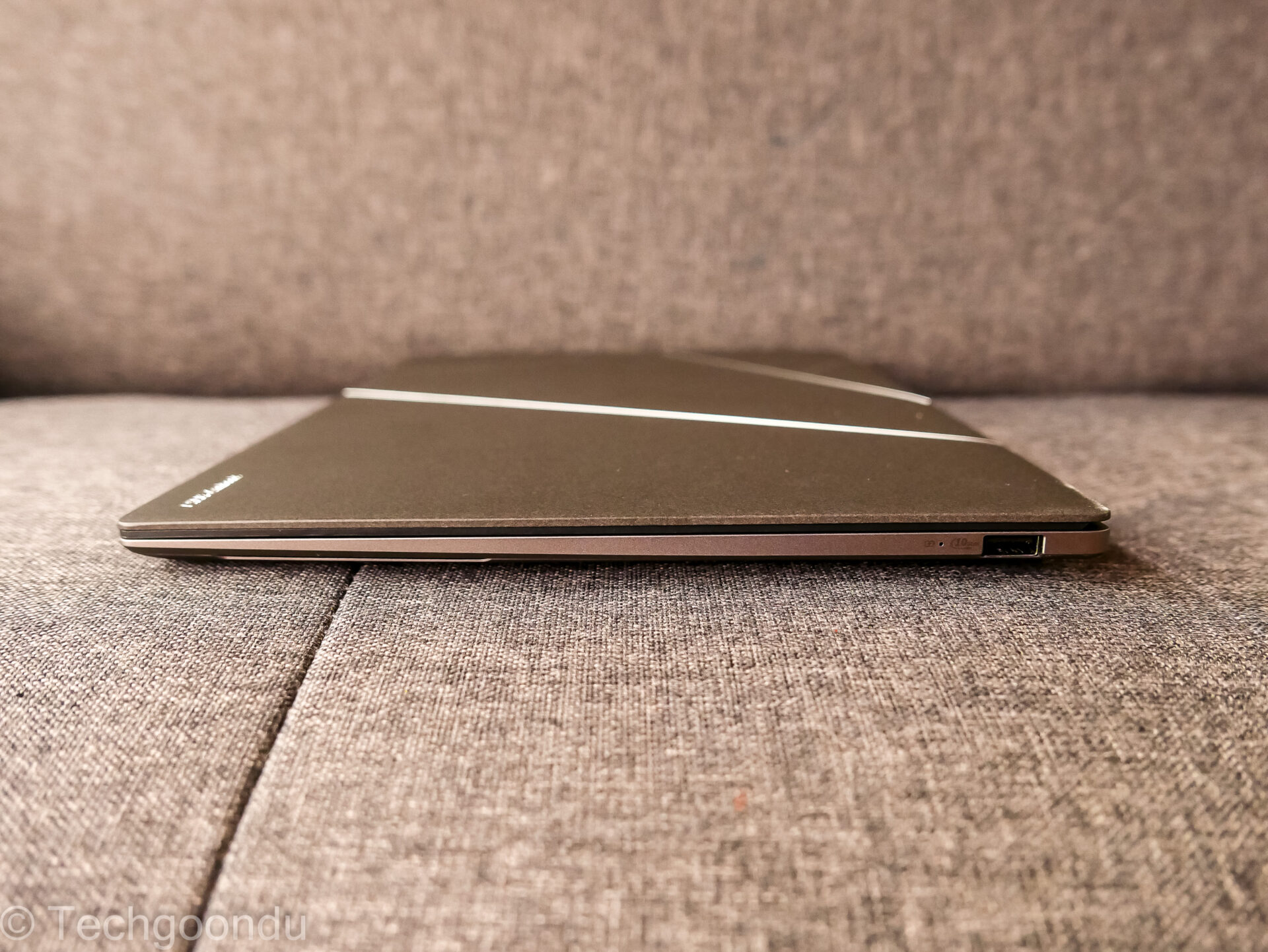
Of course, Intel would like you to think that its processor has more than just the basic CPU doing all the hard work. The NPU also comes in for some background tasks, such as antivirus scans and the GPU does heavy lifting like video editing.
Here, the Asus Zenbook S14 OLED’s Intel chip returns much higher scores for Geekbench AI. Running AI tasks using OpenVino, the onboard Intel Arc GPU scored 10,288, 24,231 and 28,022 in the tests.
And with the NPU on OpenVino along with Intel’s AI Boost turned on, the laptop came back with scores of 2,835, 18,487 and 25,740, which are impressive as well.
So, in terms of AI, the Intel-based Asus laptop does well enough to improve on Qualcomm-based laptops’ AI performance while keeping in touch with AMD-powered ones, in terms of performance.
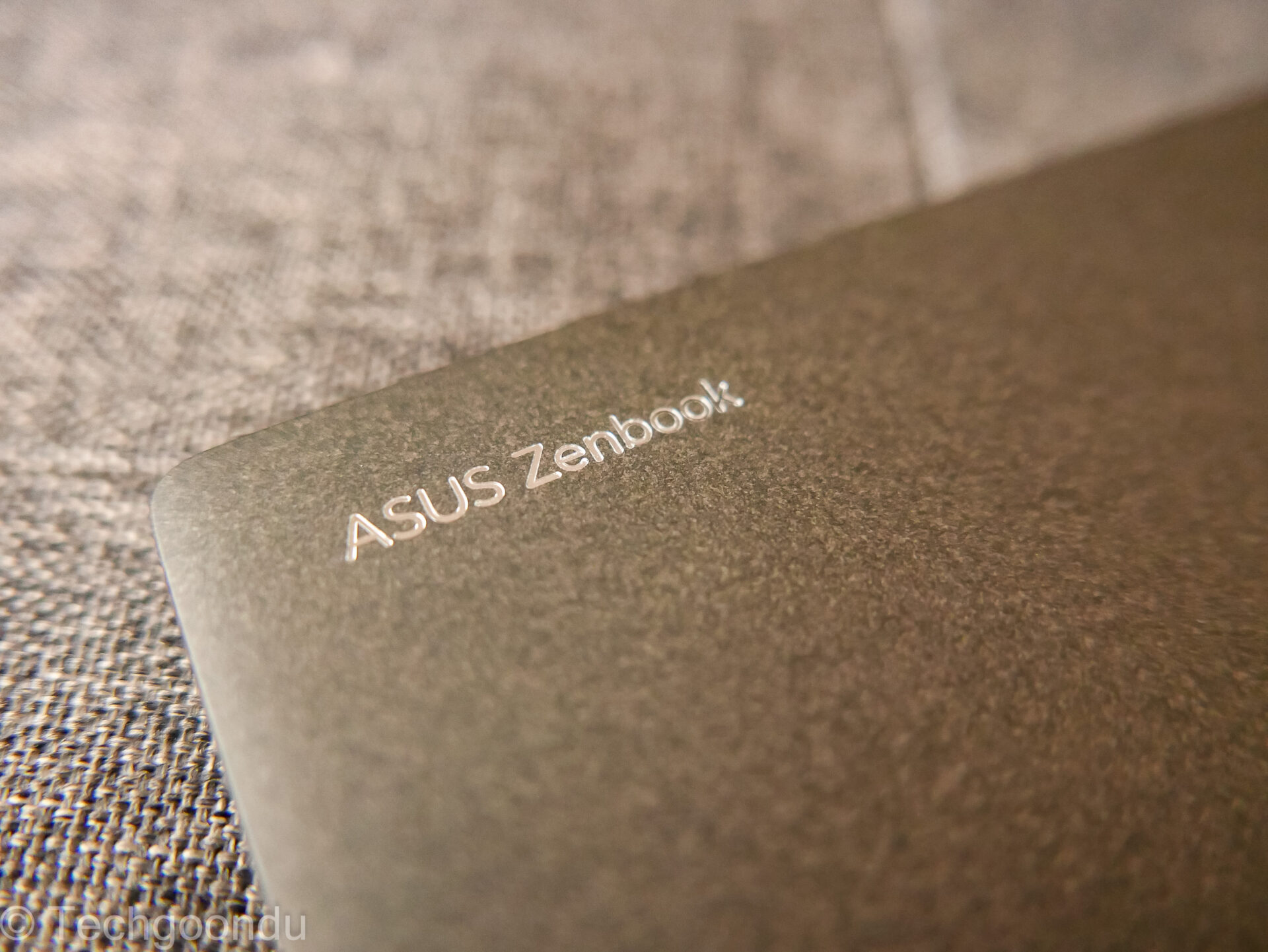
What about regular everyday non-AI performance? On the regular Geekbench 6 CPU test, the Asus Zenbook S14 OLED came back with scores of 2,720 for single-core performance and 11,174 for multi-core performance.
These numbers are close enough, though just slightly slower than the AMD-powered Zenbook S16. Compared to the Qualcomm-based Surface laptop and XPS 13, the Intel-powered Zenbook S14 OLED scores high in single-core performance but is behind on multi-core performance.
To investigate further, I also ran the PCMark 10 benchmark test, which measures performance in regular tasks such as video conferencing and spreadsheet usage.
Here, the Intel-powered Asus Zenbook S14 OLED scored 6,785. This is just slightly lower than the AMD-powered Zenbook S16 but improves on earlier Core Ultra-based laptops.
Unfortunately, PCMark 10 doesn’t run on Qualcomm-based laptops. However, I did manage to run UL Procyon’s Office Productivity benchmark, which tests how well a PC runs Microsoft Office apps, for a quick comparison.
Here, the new Intel-powered Asus Zenbook S14 OLED scored 6,523 for Office Productivity, almost tied to the Qualcomm-powered Dell XPS’ 6,577. For the Office Productivity MP score, the Asus machine is slightly ahead – 248,000 versus 232,000.
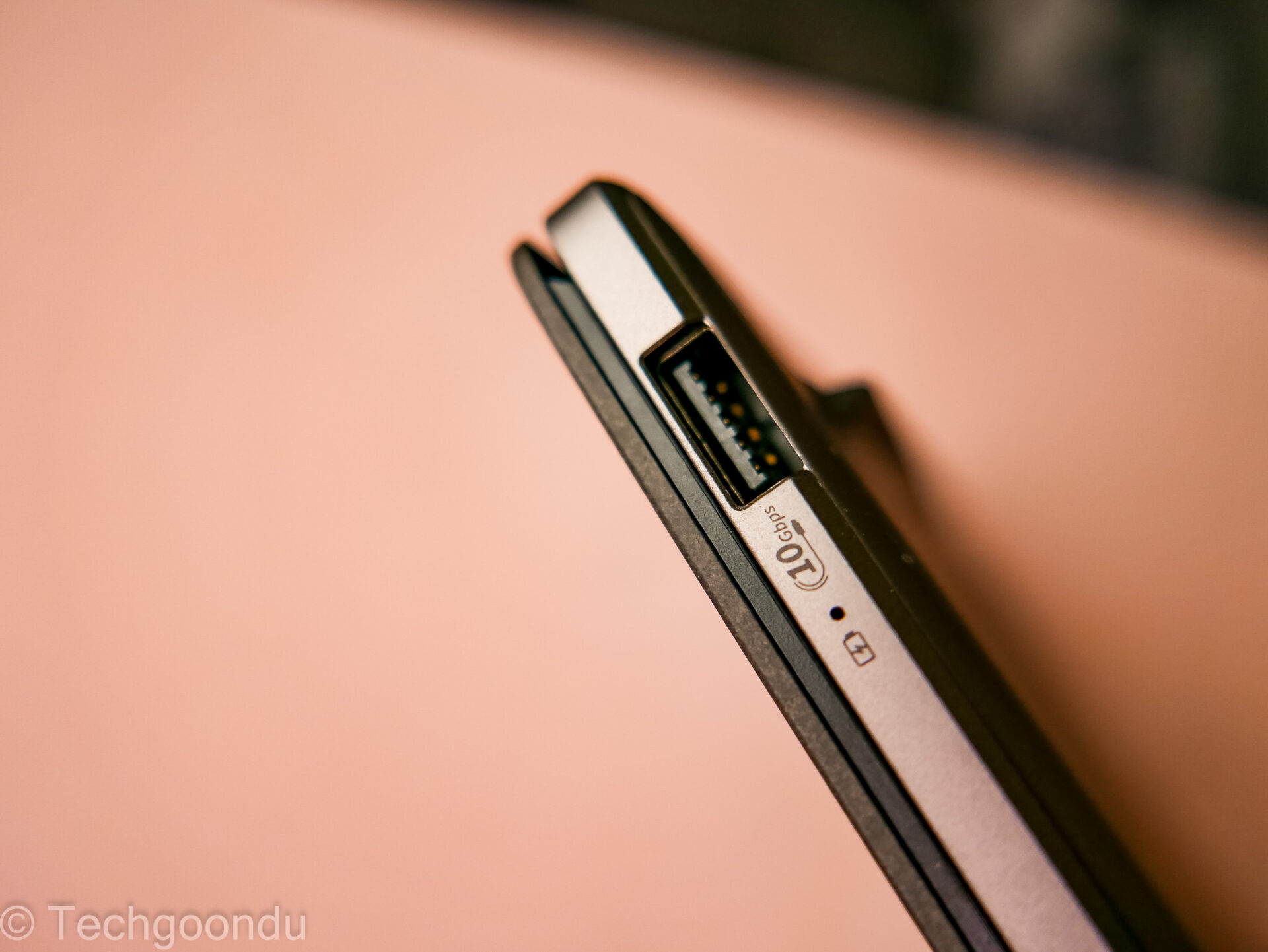
Once again, the performance on the newer laptop is either on par with, or slightly ahead of the Qualcomm-based machines launched a few months earlier.
Intel has done a decent job catching up for productivity performance, despite being late to the game, though AMD has the edge – at least in most scenarios.
What about games? Though the Zenbook S14 OLED is built more for office work, I also tested it with the 3DMark benchmark which mimics games.
Here, it scored 3,649 with the Time Spy subtest, pulling well ahead of the Qualcomm-based XPS 13 and Surface Laptop, which scored under 2,000.
Surprisingly, in this test, the Intel-based Asus laptop even beats the AMD-powered Zenbook S16, which is powered by a Radeon 890M graphics chip.
So, you can count on the new Asus laptop’s Intel Arc graphics to run some AAA games, perhaps on 1080p resolution, and with some graphical effects turned off.

Of course, performance is nothing if your battery runs out. For this, I ran the UL Procyon Battery Life Benchmark for Office Productivity, which tests how long a laptop’s battery lasts taking on typical workloads.
With a 72-watt-hour power pack, the Intel-powered Zenbook S14 OLED lasted an impressive 15 hours and 36 minutes running Microsoft Office apps on a Balanced power plan.
To be fair, I had not calibrated the screen brightness for the test, though the results are not far off what the 16 hours Intel claims for the laptop. They are also close to what others have found as well.
The Zenbook S14 OLED’s numbers are below the Qualcomm-powered XPS 13 which ran for more than 18 hours, but that screen was on a lower Full HD+ resolution and not using a superior OLED panel.
Anything that goes past 12 to 15 hours, to be fair, is handy enough for working long hours on, say, a plane. And even planes often have power socket these days.
For this review, I have spent a lot of time running the tests because for once in years, you have Intel, AMD and Qualcomm to choose from when it comes to the engine inside your next laptop.
From these tests, it appears the Zenbook S14 OLED powered by the new Intel Core Ultra 7 258V does a splendid job.
The laptop comes with the heavy lifting you’d expect from a Copilot+ PC handling AI tasks and it also pulls ahead with its GPU performance. Battery life is solid as well, as we’ve seen from earlier disclosures.
Add to the excellent design from Asus, including the bright and fast 3K 120Hz OLED screen, and the Zenbook S14 OLED is a solid ultraportable laptop to bring on the road.
Okay, the S$2,799 model with 1TB solid state drive isn’t cheap, but this is a well-designed, premium laptop. Users seeking a thin-and-light companion for frequent trips across borders or just meeting rooms in an office will appreciate it.
